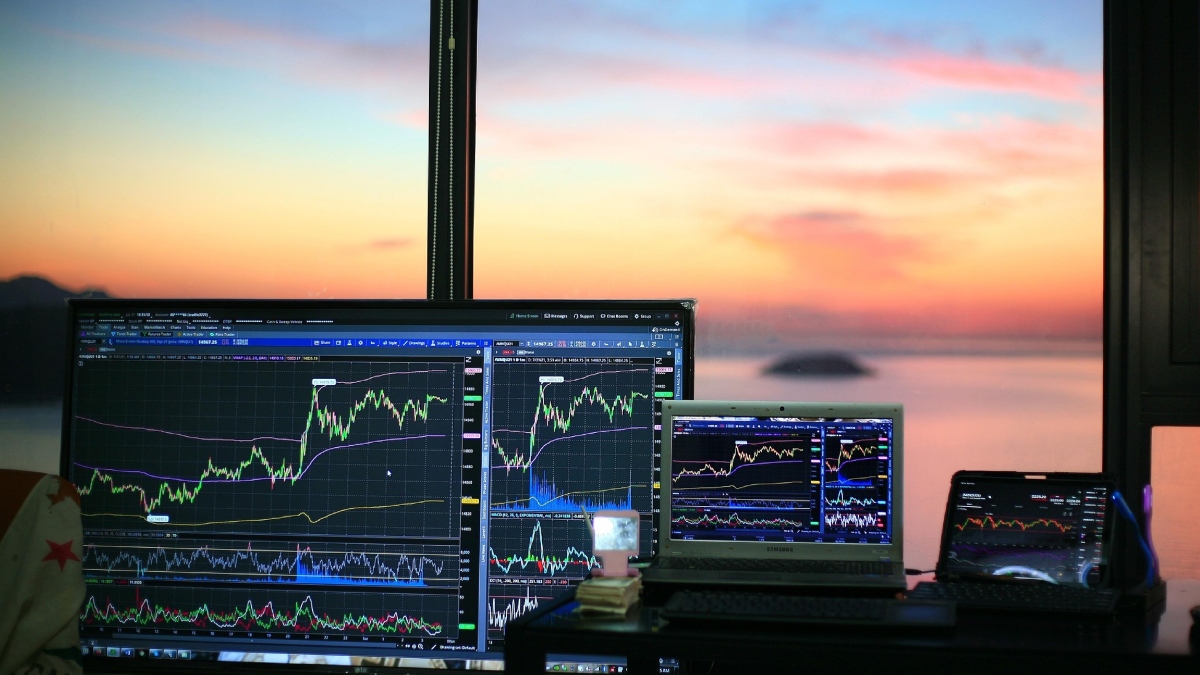Global markets experienced a downturn for the second consecutive day, with gold prices soaring to an all-time high on Thursday. This decline was primarily triggered by the recent tariff announcements from the administration of U.S. President Donald Trump, which have now extended the ongoing trade conflict to the automotive sector.
Tariffs Impact Global Markets
On Wednesday, President Trump unveiled a significant 25% tariff on vehicles and foreign-made auto parts entering the U.S. market. This decision has had a notable impact on major Asian indices, causing the Nikkei in Japan and the KOSPI in South Korea to decline.
In response to these tariffs, countries worldwide are considering retaliatory measures, heightening tensions in global trade relations. The volatility in U.S. stocks was evident as they fluctuated between gains and losses. However, electric vehicle producers like Tesla and Rivian saw positive movement, benefiting from their domestic production capabilities.
- General Motors fell by 7.36%
- Ford experienced a drop of 3.88%
- Shares of Stellantis decreased by 1.25%
Investor Sentiment Shaken
Jed Ellerbroek, a portfolio manager at Argent Capital in St. Louis, expressed that investor confidence is wavering. “The unpredictable nature of Trump’s policies is making investors hesitant. It’s not just about the policies themselves; it’s the inconsistency that creates anxiety around long-term investment strategies,” he noted.
The Dow Jones lost 155.09 points (0.37%), closing at 42,299.70. The S&P 500 fell by 18.89 points (0.33%) to 5,693.31, while the Nasdaq Composite dropped 94.98 points (0.53%) to 17,804.03. These declines suggest that major U.S. indexes may face their first back-to-back monthly losses since October 2023.
European Markets Follow Suit
European stocks mirrored the U.S. decline, particularly affecting the continent’s leading car manufacturers. Notable fallbacks included:
- Volkswagen down 1.26%
- BMW off 2.55%
- Mercedes-Benz down 2.69%
The MSCI global stock index fell 2.77 points (0.33%) to 843.19, and the pan-European STOXX 600 index decreased by 0.44%, reaching a two-week closing low of 546.31.
Gold Prices Surge Amidst Uncertainty
As investors evaluate the implications of the trade war and its potential to delay Federal Reserve rate cuts, gold has become an attractive asset. The price of gold rose 1.26%, reaching $3,057.35 per ounce, after hitting a record of $3,059.30.
In a recent forecast, Goldman Sachs projected that gold prices could reach $3,300, citing significant inflows into exchange-traded funds and sustained demand from central banks.
Currency Fluctuations and Economic Indicators
The U.S. dollar index fell 0.33% to 104.29. Meanwhile, the euro strengthened by 0.4% against the dollar, reaching $1.0795.
The Mexican peso weakened by 0.86% to 20.295, and the Canadian dollar fell 0.29% to C$1.43 as both nations brace for the impact of the new auto tariffs. Canadian Prime Minister Mark Carney announced that he would consider unspecified trade actions in response to the tariffs.
Despite these trade tensions, U.S. employment data indicates a resilient labor market, although the long-term effects of Trump’s tariff policies and budget cuts by Elon Musk’s Department of Government Efficiency remain to be seen.
In other economic news, the U.S. economy showed modest growth in the fourth quarter, slightly better than earlier estimates. The yield on the benchmark U.S. 10-year Treasury note rose by 2.7 basis points to 4.365%, while crude oil prices settled higher, with U.S. crude at $69.92 per barrel and Brent crude at $74.03.
As investors navigate this complex landscape, the ramifications of recent trade developments continue to unfold.











